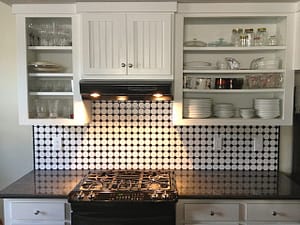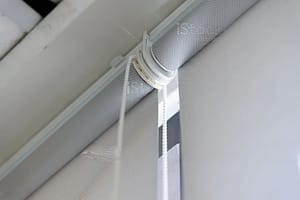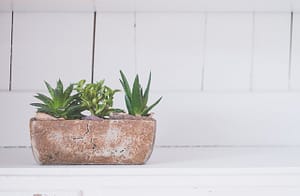
The first look of a house or building is enough to create an impression in people’s minds. When talking about exterior, the building’s Details, Design, and the Paint play a significant role to build that impression. Out of these, the paint of a building is the most noticeable element.
The exterior paint of any building is a very crucial part that impacts its appearance. Therefore, it is necessary to plan before you begin with the exterior painting work.
So, here are the things to keep in mind before you go for exterior painting:
Choose Favorable Weather Conditions
Checking the weather conditions before starting the painting project is very important. The paint does not adhere to moist surfaces. Therefore, it is essential to paint in dry/hot weather. Do not paint during monsoon or immediate pre/post-monsoon season. Expert painters suggest that non-humid and sunny weather conditions are the most appropriate to begin your paintwork.
Cleaning is a Necessary Element
The surface of the wall needs to be cleaned before initiating the painting process. It is likely that the wall contains grime, dust, dirt, mold, or moss. It is necessary to get rid of these for a longer-lasting paint and to let your brush glide easily.
Also, such stuff may weaken the adherence of the coat. You can use soapy water and scrub to rub these things off the wall. However, Pre-paint cleaners available in the market or a high-pressure cleaner are recommended by expert painters.
Uniform Surface for Smooth Finishing
Uniformity of the wall surface is another essential element before starting an exterior painting. Examine the surfaces carefully before re-painting on the exterior walls. If there are any bubbles, cracks, or peels found, it is necessary to remove those using sandpapers.
Also, you can use a body filler to fill cracks, holes, and small gaps within the surface. A uniform surface is ideal for the smooth application of the paint. Applying paint on uneven walls consumes multiple coats of it. Hence, obtaining even painting surfaces also saves the wastage of money and effort.
Priming Before Painting
Applying a primer before paint is highly recommended, especially when you are re-painting the building or changing the color. Not applying a primer before your paint results into unsightly finishes, along with the peeling of the paint during humid conditions.
In fact, avoiding primer before re-painting the wall can expose the color of the previous paint job even after applying layers of new paint. While looking for a primer, you have many choices specific to suit timber, concrete, plastic, and metal. Go for a primer that is formulated for the surface you are working upon.
High Quality to be the Priority
Checking the quality of paint before beginning the artwork is necessary. Using high-quality paint that lasts long saves extra efforts, especially when painting on the exterior side. High-quality paint does not require multiple coating.
Whereas if you settle for cheaper low-quality paint, you should know that it is likely to fade in no time. There are various advancements made in paint technology ranging from water resistance to dust and pollution resistance. Go for such Quality colors and save your efforts for the long-run.
The Right Equipment for Ease of Access
Having the right types of equipment makes the painting job easier. If you are prepared with the appropriate painting equipment such as sandpapers, roller grids, scrapers, and spackles, it will avoid the last-minute hassle and intrusion between your paintwork.
Other important tools include paint rollers of varying sizes, extension rods, as well as regular and specialty paintbrushes. Also, arrange a ladder of the appropriate height to reach all ends of your exterior. Now, for saving the adjacent floor from staining in paint, spread rags and covers before starting off your painting project.
Selecting the Color Shades
Deciding the shade of a color is the most crucial element in the painting. Look for different schemes and color palettes. Then go for the one that harmonizes with the exterior furnishing. Make sure to test the shade at a small stretch of the wall. In fact, seeking professional help in picking the right color shade will be highly beneficial.
Additionally, always remember to plan your paint job from scratch. Plan properly and take your time, because no matter what your profession is, the painting should be done cautiously.


































